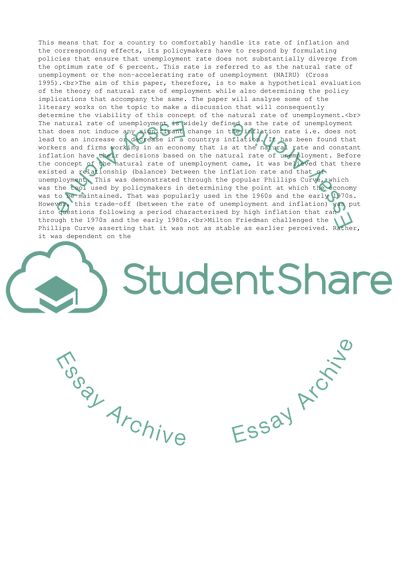Cite this document
(Critically evaluate the hypothesis that there is a Natural Rate of Essay, n.d.)
Critically evaluate the hypothesis that there is a Natural Rate of Essay. https://studentshare.org/macro-microeconomics/1866447-critically-evaluate-the-hypothesis-that-there-is-a-natural-rate-of-unemployment-what-are-the-policy-implications-of-your-analysis
Critically evaluate the hypothesis that there is a Natural Rate of Essay. https://studentshare.org/macro-microeconomics/1866447-critically-evaluate-the-hypothesis-that-there-is-a-natural-rate-of-unemployment-what-are-the-policy-implications-of-your-analysis
(Critically Evaluate the Hypothesis That There Is a Natural Rate of Essay)
Critically Evaluate the Hypothesis That There Is a Natural Rate of Essay. https://studentshare.org/macro-microeconomics/1866447-critically-evaluate-the-hypothesis-that-there-is-a-natural-rate-of-unemployment-what-are-the-policy-implications-of-your-analysis.
Critically Evaluate the Hypothesis That There Is a Natural Rate of Essay. https://studentshare.org/macro-microeconomics/1866447-critically-evaluate-the-hypothesis-that-there-is-a-natural-rate-of-unemployment-what-are-the-policy-implications-of-your-analysis.
“Critically Evaluate the Hypothesis That There Is a Natural Rate of Essay”. https://studentshare.org/macro-microeconomics/1866447-critically-evaluate-the-hypothesis-that-there-is-a-natural-rate-of-unemployment-what-are-the-policy-implications-of-your-analysis.


